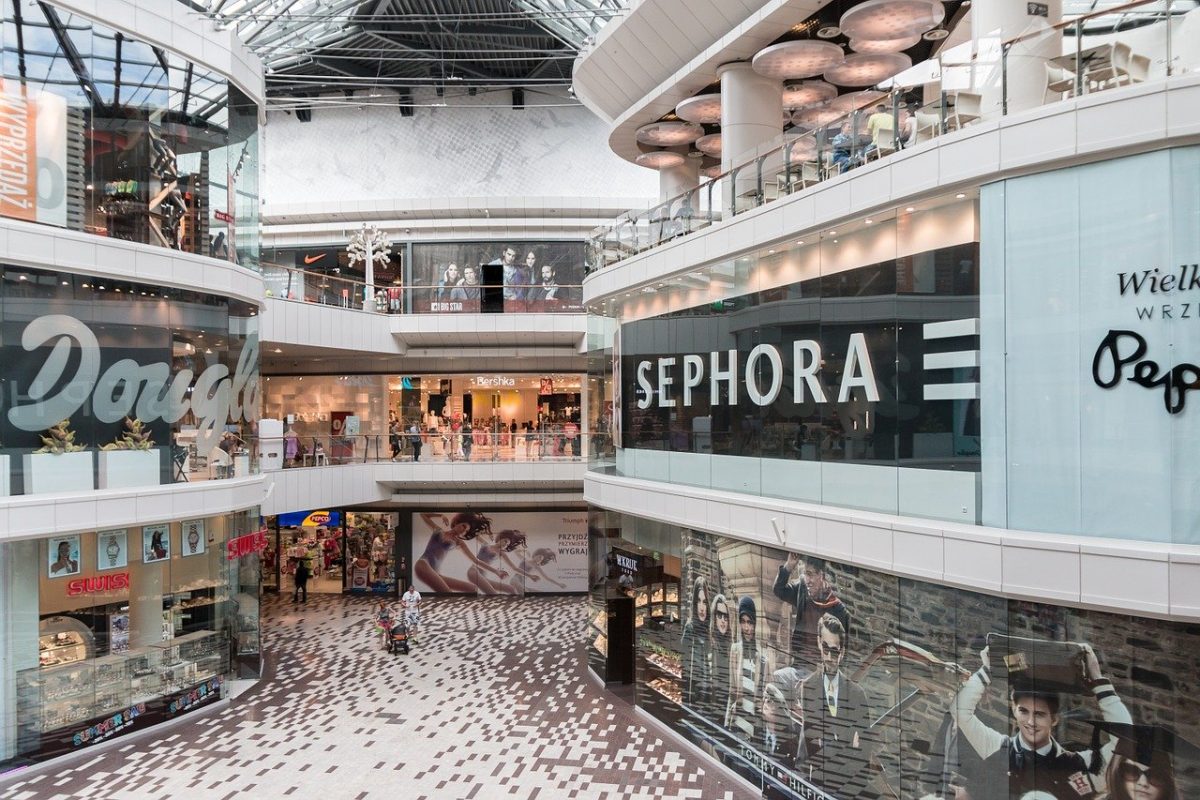
They have long been a staple of American life, a go-to place to hang out, buy the essentials, and eat delicious foods. Although some have closed down in recent years due to the advent of online retail, shopping malls are definitely still around—and probably will be in the coming decades. However, as millennials grow up and demand more immersive shopping experiences, malls across the country are gradually changing their marketing strategies to meet the needs of new demographics and shifting trends.
Gone are the days of idly wandering through cold, bland hallways, while window-shopping and munching on a butter-soaked pretzel. Malls of the future will offer artistic, innovative spaces for human connection, social media engagement, and cutting-edge retailers, in addition to top-notch customer service.
Newer Brands, Refined Service
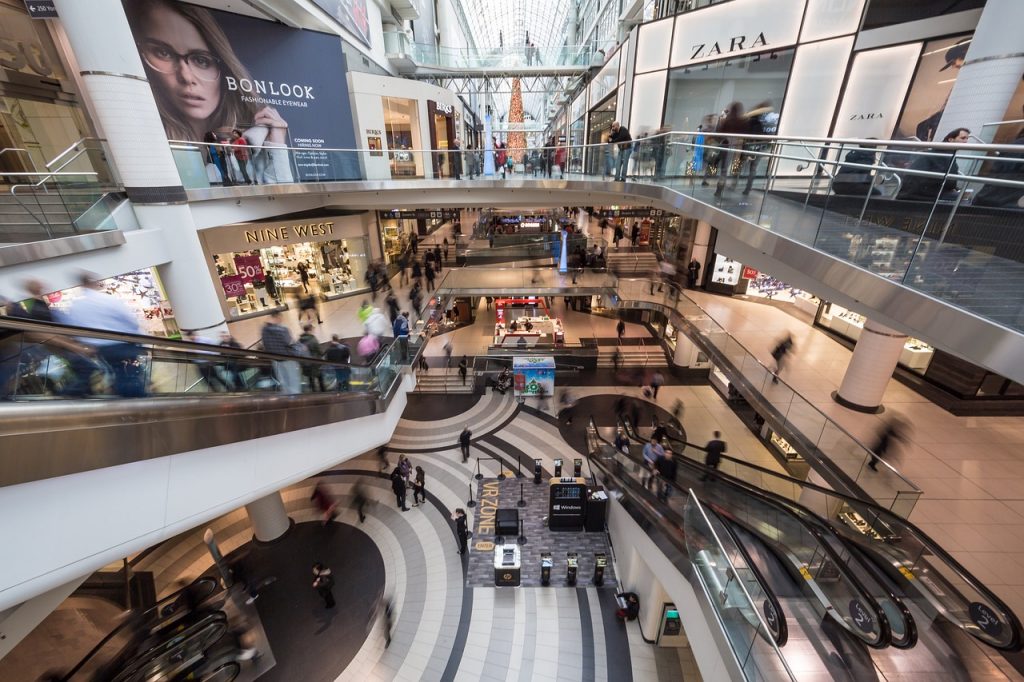
Headlines over the past decade have declared department stores a dying breed, with Macy’s shuttering stores across the U.S., Sears filing for bankruptcy, and J.C. Penney struggling to adapt. The financial woes of these iconic companies with storied histories do not mean new brands haven’t emerged to take their place. In fact, smaller retailers have been able to better understand and capitalize on millennial purchasing patterns, expanding nationwide.
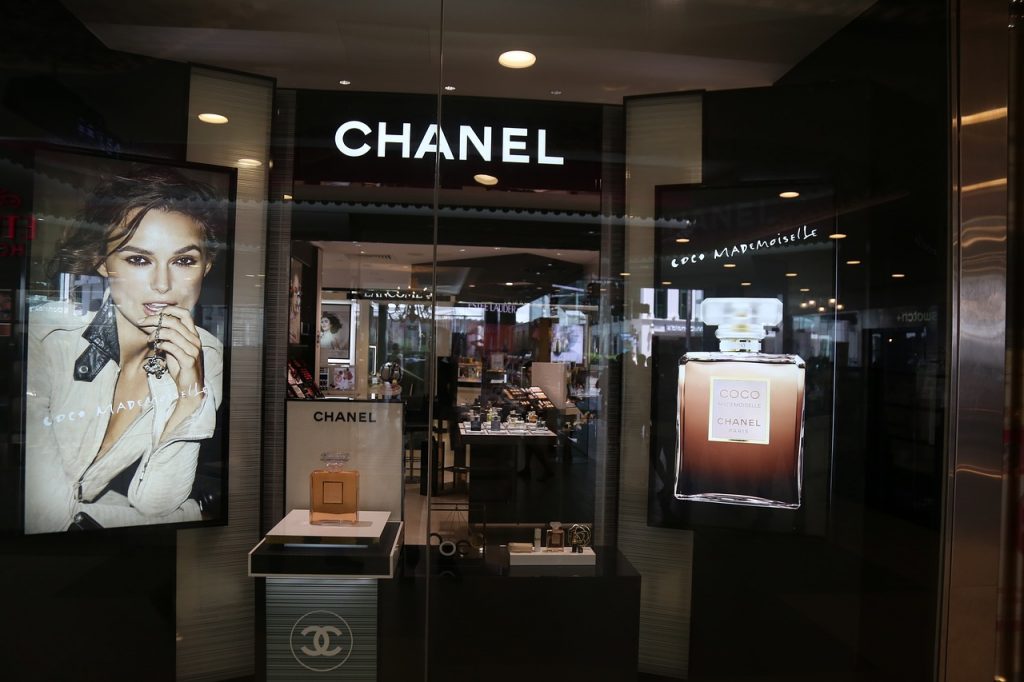
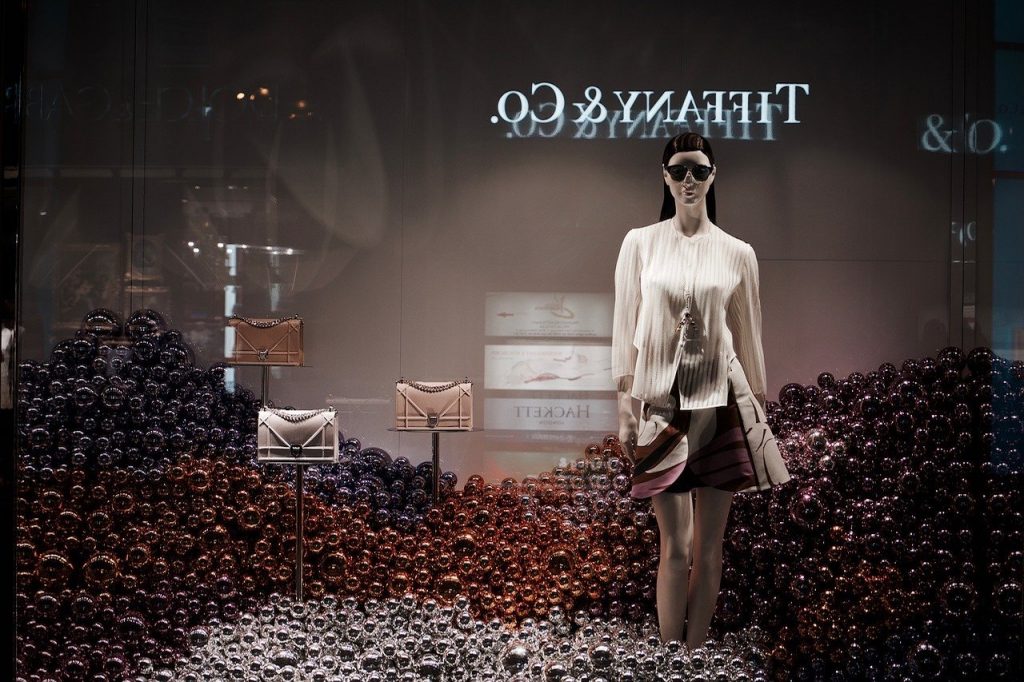
Storefronts have become places where customers can test out expensive products or try on outfits before ordering them online and having them delivered to their door. Smaller enterprises have boomed, even as larger ones have faltered, but nonetheless, most companies—of all sizes—have grown and shifted their focus toward refining shopping experiences. The goal of these efforts: drawing customers out of the comfort of home and into brick-and-mortar stores to explore and engage with innovative products.
Mall Makeovers
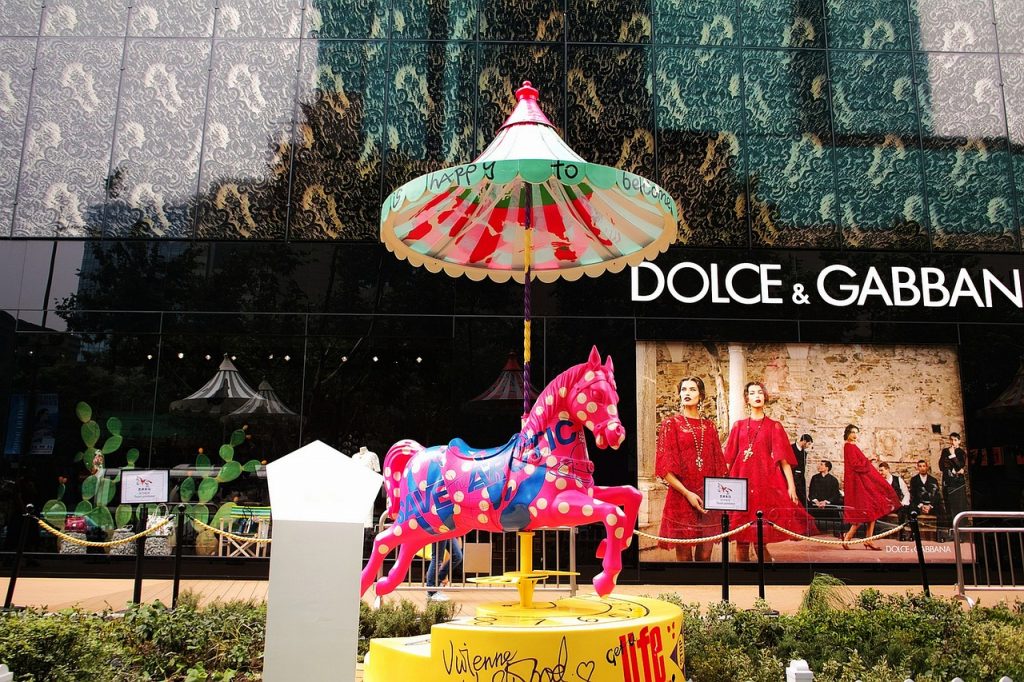
Aside from enhancing customers’ purchasing experiences, many malls have also undergone a facelift, creating attractive infrastructure to invite in social media-savvy patrons. Instead of bland concrete structures, up-and-coming shopping centers have been paying close attention to their architecture, greenery, and interior design.

One example of this trend toward glamorous shopping experiences is PRIZM, a recently-opened shopping center just outside of Las Vegas. Stylish, hip, and expansive, this mall not only boasts a wide array of top name-brand stores but also a series of vividly-colored murals—the perfect backdrop for selfies and Instagram photos. It’s not enough to just house stores anymore; malls must surround customers in eye-catching design to set them apart and snap consumers out of the monotony of making mundane online purchases.
Friendly Faces and Wellness Matter
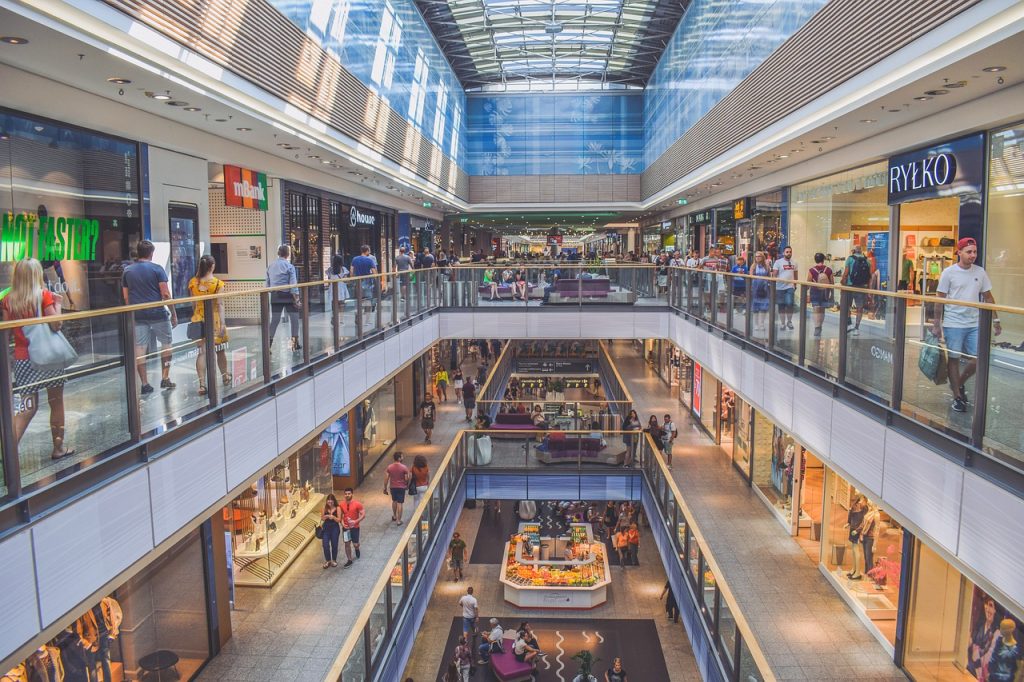
Contrary to popular perception, surveys show that millennials still do prefer shopping in person, but technological advances have posed both possibilities and problems on this front. Automated experiences pervade every market sector, yet few patrons enjoy speaking to a robot over the phone to address service concerns or acting as their own check-out attendant at the register.
Shopping centers would do well to keep these revelations in mind as they reform their marketing strategies and engage with prospective customers. While technology has revolutionized our lives and made certain aspects of our daily routines more convenient, the need for face-to-face human interaction persists. To this same point, wellness also represents a growing industry, one that especially thrives in shopping centers. Gyms and healthcare brands now populate malls across the country, and the interiors of many shopping centers have installed greenery and other comforts as a way of relaxing customers, giving them space to unwind, not get lost in a crowd.
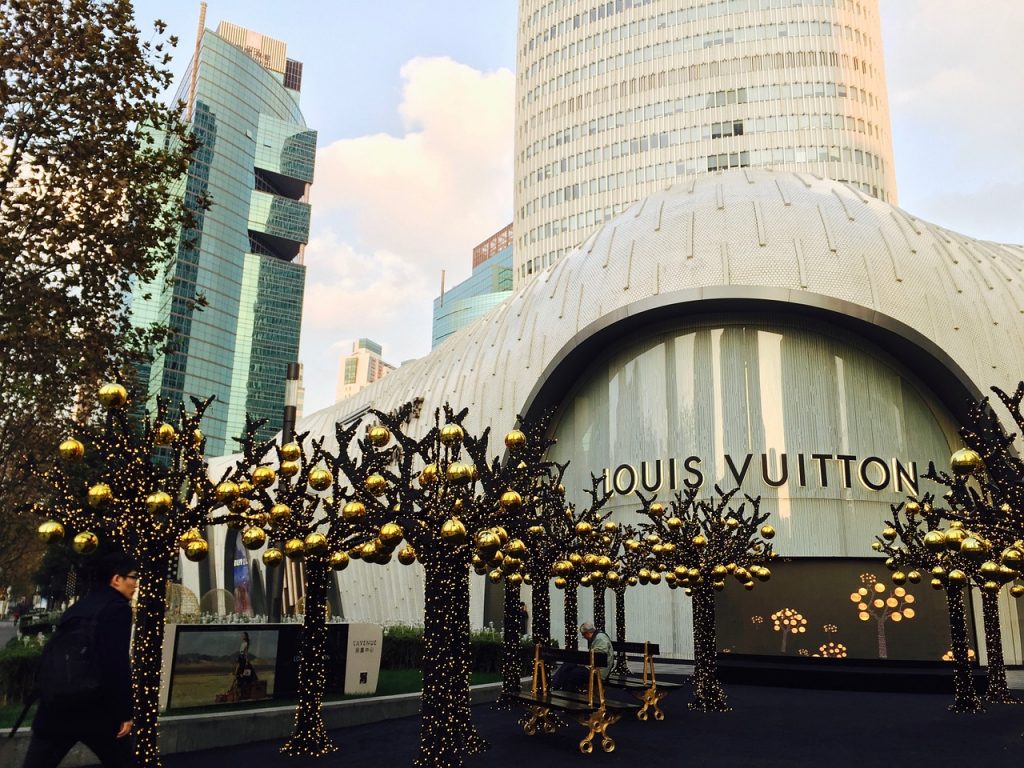
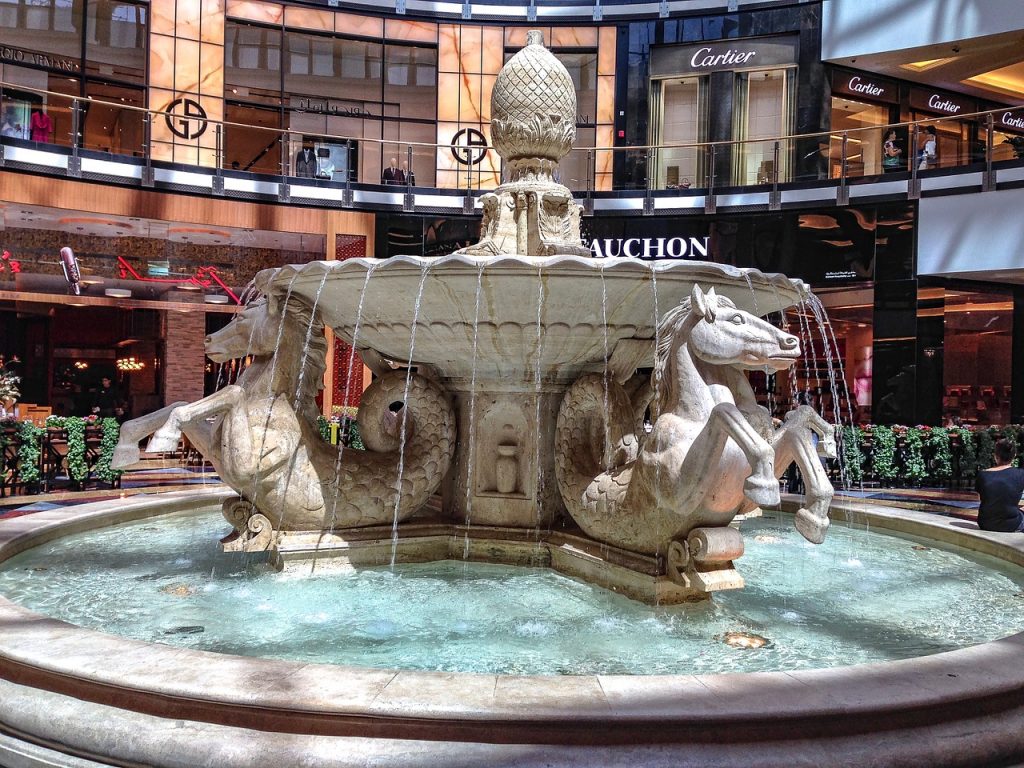
Don’t believe the hype: shopping malls, like all other industries, have had to recalibrate their business models to adapt consumer trends, but the ones who have kept up are thriving and consistently enhancing consumers’ buying experience.

